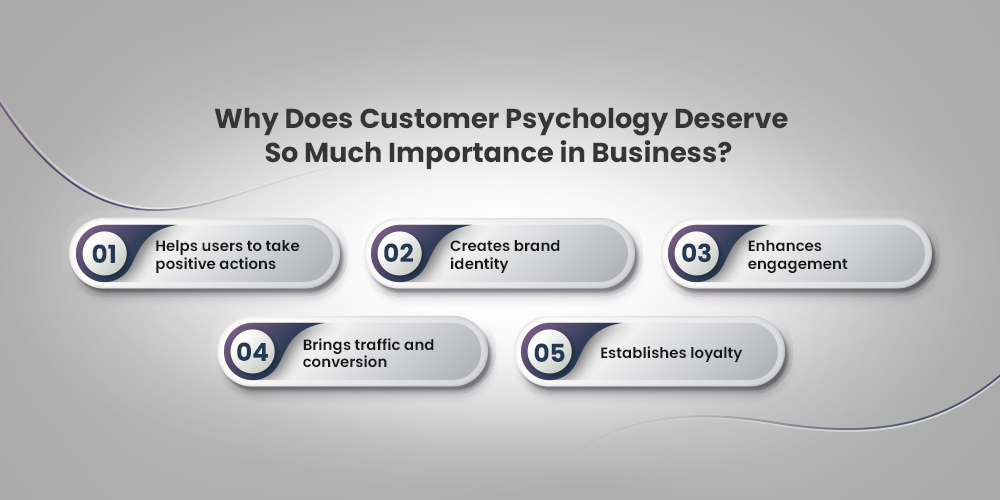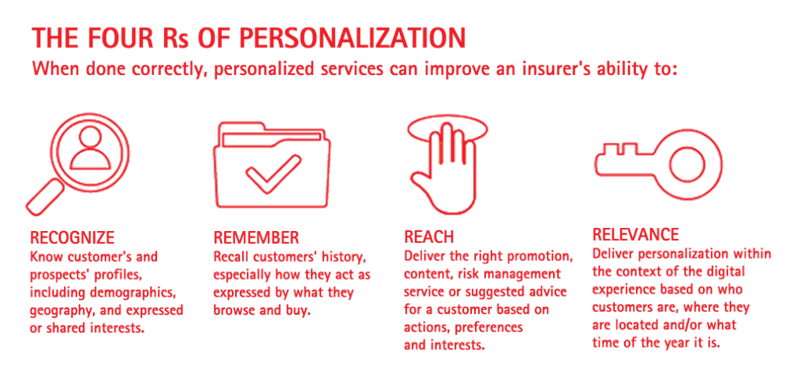The Psychological Science of Effective Customer Onboarding
Effective customer onboarding is key for fostering loyalty and engagement. This initial interaction sets the tone for the customer experience and significantly influences long-term relationships. The success of an onboarding process hinges on both its operational elements and understanding the psychological impact on customers.
Exploring the psychological principles behind customer onboarding can transform it from a basic introductory phase to a strategic tool that resonates deeply with new users, encouraging a sense of commitment and value from the start. This article examines how psychological insights can enhance onboarding strategies and ensure that customers feel valued and engaged from their first interaction.
Quick Takeaways
- Understanding psychological principles like consistency and first impressions can significantly shape customer perceptions and boost loyalty during the onboarding process.
- Applying tactics such as personalization, reciprocity, and social proof in onboarding strategies enhances customer comfort and trust from the outset.
- Incorporating feedback loops and milestone celebrations into the onboarding process not only engages customers but also builds a deeper connection and commitment to the brand.
- Leveraging tools like CRM systems and gamification elements can streamline the onboarding experience, making it more effective and enjoyable for new customers.
The Role of Psychology in Customer Engagement
Psychological principles play a significant role in shaping customer behavior and expectations. The initial interaction a customer has with a brand can profoundly influence their perception and loyalty.
For example, the principle of cognitive dissonance, where individuals strive for consistency in their beliefs and behaviors, suggests that if customers have a positive initial onboarding experience, they are more likely to view subsequent interactions with the brand positively.
Another critical psychological factor is the effect of first impressions. Research suggests that first impressions are formed within milliseconds and can be long-lasting. By ensuring that the onboarding process is intuitive, welcoming, and responsive, companies set a foundation for trust and satisfaction that endures beyond the initial engagement.

Key Psychological Principles to Apply in Customer Onboarding
Consistency and Familiarity
These elements are essential in creating a comfortable onboarding experience. Customers feel at ease when they encounter a consistent message and tone across all platforms and interactions. This consistency helps in reducing cognitive load and making the process more predictable and familiar, which increases user comfort and confidence.
Reciprocity
This principle suggests that people feel obliged to return favors or kindness. In customer onboarding, when a company provides significant upfront value—such as useful information, immediate support, or an unexpected bonus—customers are more likely to engage positively with the brand in the future.
Social Proof
Leveraging social proof can reassure new customers about the value and reliability of a service or product. Including testimonials, user reviews, and case success stories during the onboarding process can significantly influence new users’ perception, encouraging them to commit and trust the brand.
Strategies for Implementing Psychological Tactics in Onboarding
Personalization
Personalizing the onboarding process is crucial for making each customer feel uniquely valued and understood. By applying the 4 R’s of personalization—Recognize, Remember, Reach, and Relevance—we can create a more engaging and effective onboarding experience:
- Recognize: Identify customers each time they engage with your brand, ensuring they feel seen and valued from the first interaction.
- Remember: Utilize data from past interactions to inform current and future engagements, showing customers that their preferences and previous choices are important and considered.
- Reach: Communicate with customers through their preferred channels at times that are most convenient for them, enhancing the efficiency and impact of your communications.
- Relevance: Tailor the onboarding content to align closely with individual customer needs and interests, making every piece of information pertinent and useful to them.

By weaving these principles into the onboarding process, businesses can significantly enhance customer engagement, setting the stage for a long-term relationship built on understanding and respect.
Feedback Loops
Effective onboarding processes incorporate mechanisms for both receiving and acting on customer feedback. This two-way communication helps businesses quickly identify and address any issues, enhancing customer satisfaction.
Moreover, showing customers that their input is valued and acted upon can strengthen their emotional investment in the brand.
Milestone Celebrations
Acknowledging customer progress during onboarding can motivate and reinforce engagement. Simple acknowledgments or rewards when milestones are reached—such as completing a profile setup or making a first purchase—serve as positive reinforcement that encourages continued interaction and loyalty.
Tools and Resources for Effective Customer Onboarding
To apply these psychological principles effectively, several tools and resources can be utilized:
- Customer Relationship Management (CRM) Systems: These systems can automate personalized communications and track customer interactions, making it easier to tailor the onboarding experience based on individual customer data.
- Feedback Management Tools: Tools such as surveys, polls, and feedback forms integrated into the onboarding process can help gather valuable customer insights in real time.
- Gamification Elements: Incorporating elements of gamification, such as badges, leaderboards, or rewards for completing certain actions, can make the onboarding process more engaging and fun, which boosts customer satisfaction and retention.
Utilizing these tools not only aids in implementing effective psychological tactics but also ensures a smoother and more engaging onboarding experience for customers.
Cultivate Lasting Customer Engagement Today with Televerde
Effective customer onboarding shaped by psychological principles fosters deeper engagement and loyalty. By personalizing the onboarding experience and responding to customer feedback, businesses can create lasting relationships. Continuously refining these strategies is key to maintaining relevance and satisfaction.
Elevate your customer onboarding strategy with Televerde’s expert insights. Contact us today to enhance engagement and transform your customer relationships. Let’s make every first impression count.


